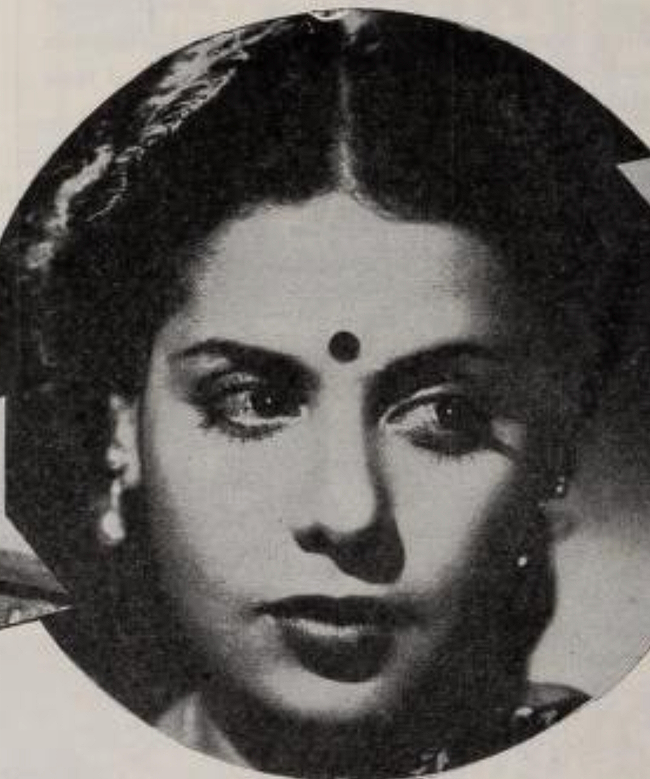Jewish Bollywood
At the community’s peak in 1940, approximately 22,480 Jews lived in British India; the twenty-first century population is only about 3,500. They were divided into sub-communities based on their geographic origins and lived in different parts of the country. The Jewish actresses primarily hailed from the “Baghdadi” Jewish community (based in Surat, Bombay, and eventually Calcutta), most likely because of their fair complexion and their relative freedom from Hindu and Muslim middle-class codes of respectability. [Notably, the term “Baghdadi” refers not only to Jews who came from Iraq but to all Jews who came from the Middle East, having migrated from countries such as Egypt, Syria, and Yemen (Nathan Katz 2020)]. Sulochana, Romila, Pramila, Rose, and Nadira are just a few of the Jewish actresses who left indelible marks on the industry
In the silent film era many movie stars were from the Baghdadi Jewish and Bene Israel communities who didn’t speak Hindi or Urdu, The introduction of sound brought an abrupt end to many of their film careers for they were incapable of delivering dialogues in Indian languages as they had never mastered any. The few who were quick to learn survived
The initiative to enter Bollywood was taken by the Baghdadi Jewish women, highly Westernised in their lifestyle and outlook. Hence, they did not have the reservations when it came to indulgence in performing arts like women from other communities, including other Jewish communities, the Bene Israel and the Cochini (residents in India for a much longer period of time than the Baghdadis). By doing so they paved the way for women from respectable families from other communities to follow suit
Films of India (1942-46); India Film Enterprises (1949-51); and the Films Division, where he was Chief Producer (1956-61). During his five year tenure, the Films Division produced over 400 documentaries. He also worked as Producer-in-Charge for the Children’s Film Society of India (1962-64) from 1941 till his retirement from the Films Division in 1961. He was responsible, in various capacities, for over 700 documentaries and was the first president of the Indian Documentary Producers’ Association (1956). Ezra Mir directed Pamposh, the first Indian colour film processed completely in India, using Gevacolour stock. The first Indian film to have an English version, Nur Jehan, was directed by Ezra Mir. He was awarded the Padma Shri, India’s fourth highest civilian award, in 1970 for his great contribution to Indian cinema.
Ruby Myers aka Sulochana (1907 - 10 October, 1983)
Sulochana (nee Ruby Myers 1907) was the first star of Indian cinema. She was a Baghdadi Jew from Pune.
Farhat Ezekiel aka Nadira
Nadira Farhat (1932-2006) was born on December 5, 1932 in Baghdad, Iraq. Her real name was Farhat (also known as Florence) Ezekiel.
Farhat Ezekiel aka Nadira
Nadira Farhat (1932-2006) was born on December 5, 1932 in Baghdad, Iraq. Her real name was Farhat (also known as Florence) Ezekiel. Nadira's family moved to Bombay (now Mumbai) when she was an infant in the 1940’s to pursue business opportunities. Bombay had a large Jewish community at the time, many of whom were Baghdadi Jews. She grew up in Nagpada, South Mumbai, a predominantly Muslim and Jewish locality

The Influence of Jewish People in Bollywood
Explore the significant contributions and participation of Jewish individuals in the Bollywood film industry.







.png)




